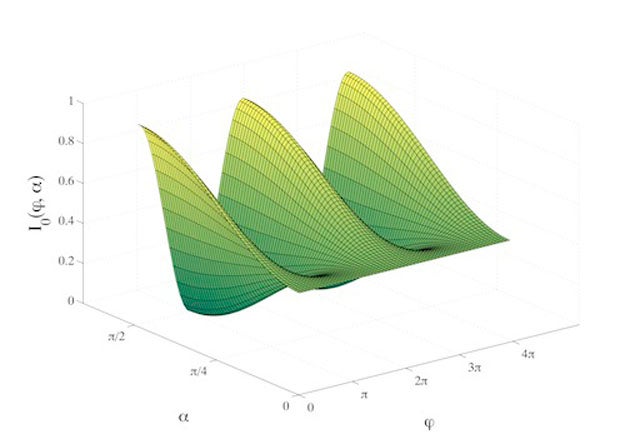Friday, December 2, 2011
A new paper in Physical Review Letters co-authored by an IQC researcher provides a new perspective on quantum wave-particle duality.

Such was the conclusion described in a new Physical Review Letters paper by a pair of researchers including Radu Ionicioiu, a research assistant professor at IQC.
Ionicioiu and Daniel Terno of Australia’s Macquarie University proposed a new approach to understanding wave-particle duality — a cornerstone phenomenon of quantum mechanics.
Objects in the quantum world seem to defy our everyday intuition by sometimes behaving like particles, and other times behaving like waves.
This duality was at the heart of the Einstein-Bohr debates of the 1920s and 1930s, as well as Bohr’s complementarity princple (namely, that the study of complementary phenomena requires mutually exclusive experimental apparatus). Put differently, you can’t observe both wave-like and particle-like properties with a single apparatus.
But what if, the researchers proposed, you utilized experimental setup in which parts of your apparatus are simultaneously present or absent (that is, in quantum “superposition”)? This way, the property being tested — wave or particle — is selected only after the test is performed.
This quantum-controlled experiment, which allows studying both phenomena in a single apparatus, suggests a re-interpretation of Bohr’s principle: the complementarity of experimental data, rather than experimental setups.
The photon in this experiment shows a “morphing” between “particle” and “wave,” supporting the conclusion that these properties are not inherent, but merely a reflection how we “look” at the photon.
“It suggests that behavior is in the eye of the beholder,” summarizes Ionicioiu.
The intriguing results of this research caught the attention of science writer Michael Schirber, who wrote an APS Focus article called "Another Step Back for Wave-Particle Duality." Schirber writes that the new thought experiment outlined by Ionicioiu and Terno hopes to "break us of old habits" in the ways we envision the wave-like and particle-like nature of photons.
Ionicioiu says the thought experiment was designed for exactly this purpose — to look at an old question through a new lens.
“We tried to shed some light by looking at the problem from a novel perspective," he said. "When you don’t fully understand how something works, you try to push it to its limits to see if it breaks down — you can learn new things from the way it breaks down.”